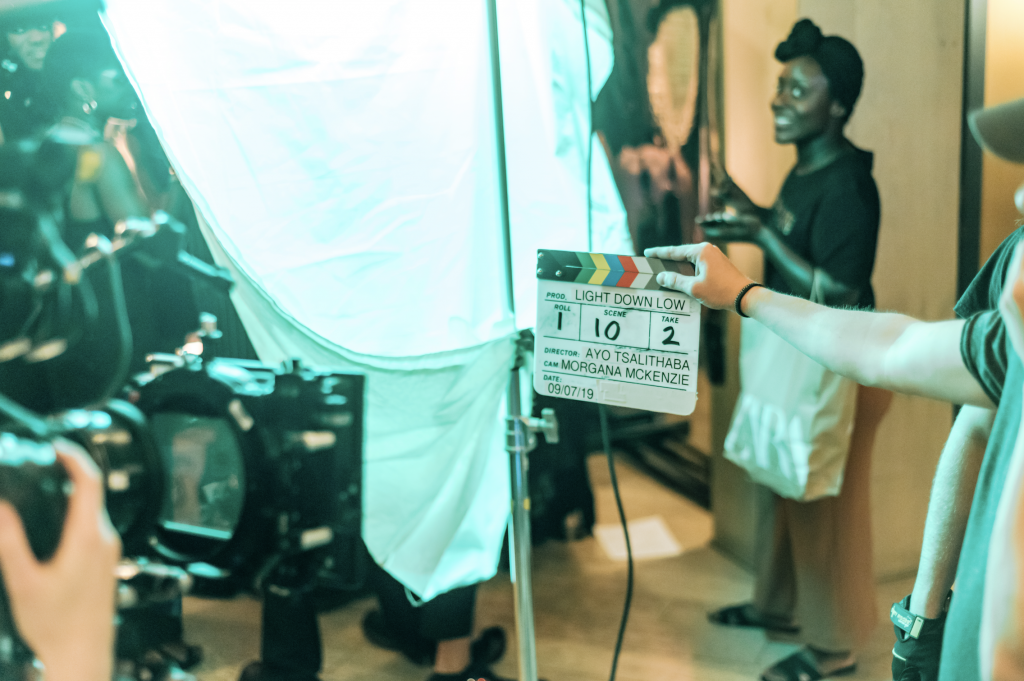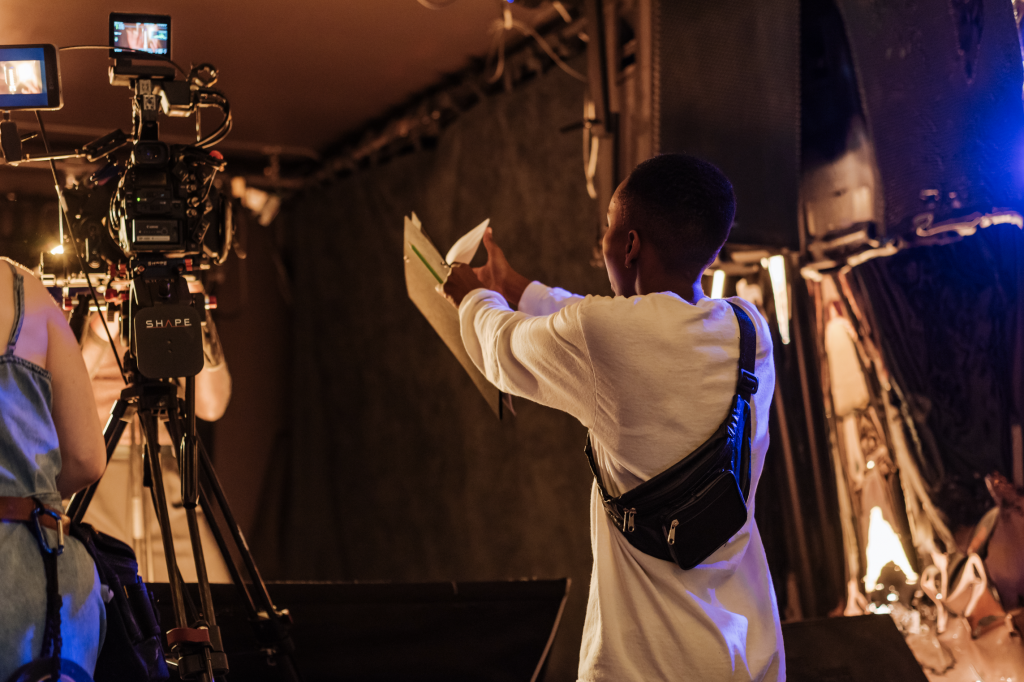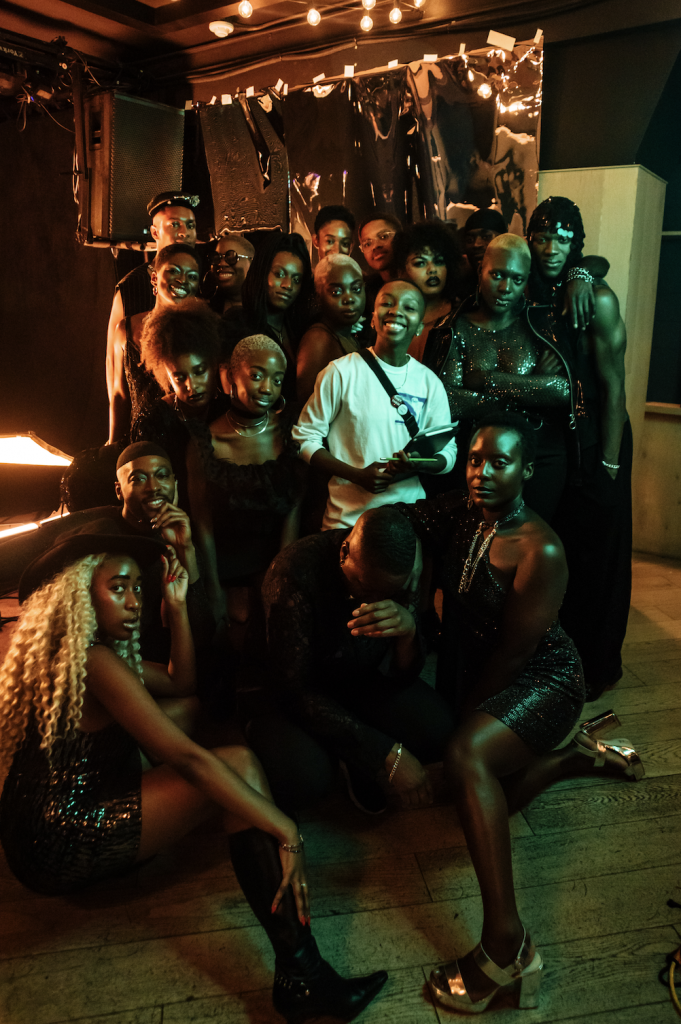
The music video industry is one that seems to be changing by the day. I remember watching “making the video” as a young child and being in awe of how much work went into them. For as long as I can remember, music videos have been a big deal, and now, an artist that tops the charts can be expected to rack up hundreds of millions of views whether it’s good or not. Nowadays, people want the artist they love to create a music video that holds their attention with a good story that shows them something they have never seen before.
When I look at my favourite music videos, I see that the only things they have in common are shots that feel deliberate and a good use of space and time. Some of them are compelling because they show me something I have never seen before. Others captivate because they feel familiar. The 2020 Prism Prize Top 20 gives me the same excitement that is amplified by the fact that such good work is coming out of Canada: from the flashing visions of nightlife in Bambii and Pamputtae’s Nitevision I know intimately; to the cinematically brilliant Mehcinut by Jeremy Dutcher; to the dynamically edited scenes in Clairmont The Second’s Brick. These videos stand out because all the artists have a hand in telling their stories, and it shows. There is truth to these music videos.

A few years into my career, in early 2019, I started doubting myself as a filmmaker. I had made some music videos, but I was starting to feel stuck. I knew my potential, but I didn’t think others could see it. There was a disconnect between what I was making and what I wanted to make, and I started taking it out on myself; I needed to show people that they could take a chance on me. I needed to take the next step in what I could barely call my “career,” or at least I thought I did. Then, in early April, when I had already unofficially decided to take a break from film to “figure things out,” I got an email that got me preparing a treatment within minutes.
The email was from the MVP Project, a grant that I had seen many of my friends applying for and receiving. I didn’t think to apply, because like most grants – I assumed that I (a non-Canadian permanent resident) wouldn’t be eligible to receive it. They wanted me to submit a treatment for the “Curated Music Video Production;” they had seen my work and wanted to explore funding an upcoming project. It felt like I had a direct line to the universe, and I was being given the chance to make the work I knew I could.

I got in touch with recording artist and friend, Desiire, who sent me a song called Light Down Low. We spoke about it and decided on a concept right away. From pre-production throughout the project, I was making this for Black queer and trans people and that was in the forefront of my mind. I wanted this project to be seen, but most importantly, I wanted to tell a kind of story that I don’t see as much as I would like to. We shot the video in July of 2019, with a predominantly Black queer cast and crew, and it was the best experience that I’ve ever had on set. Most of the sets that I had been on before this were just me with my camera, a subject, and fleeting daylight. This time, there were 30 other people who were as committed and excited to making joyful art for and featuring Black queer people as I was, and that energy was palpable.
“Diversity and inclusion” are buzz words right now, and what a lot of people still don’t understand is that those of us who are the recruitment targets of these initiatives can always tell that we’re there to check a couple of boxes. I am no longer interested in inclusion that happens when the treatment is written and everything has already been decided, or the type of inclusion that is not receptive to the disruption of the norm that I bring to conversations. I’m talking about the inclusion that rears its head in February (Black History Month) and June (Pride month), and goes away for the other 10 months of the year. I want to work with people who can truly see me, and understand what it means to treat Black queer people and stories with care.
I have spent a great deal of time thinking about “belonging,” and recently I’ve realized that not belonging some places is not as tragic as I once thought. For a long time, my goals were to break into the industry, get all the way to the big award shows, and walk away with trophies. Now, all I want to do is tell stories that I know, to people that need to see them. Being on a Black queer set reinforced the importance of process, relationships, and the story. I used to want to fight to change things, and make a place for myself in spaces that were not made for me. Instead, I have decided to spend my energy reimagining how I can use film to bring (even momentary) joy to the people I am committed to seeing survive, and live lives full of joy in a world that tells us we can’t. No matter the work I do, it will always be very Black and very queer and that in itself is transcendent – regardless of the amount of money that goes into it, how big the production is, or who sees it.

The 2020 Prism Prize virtual presentation to award the Grand Prize and Audience Award will stream live Thursday, July 23 on PrismPrize.com and @PrismPrize social media channels at 8:00 PM ET.
You can learn more about the MVP Project and how to apply for a grant at MVPProject.ca.
Written for the Academy by Ayo Tsalithaba.
On set photography courtesy of Roya Del Sol



